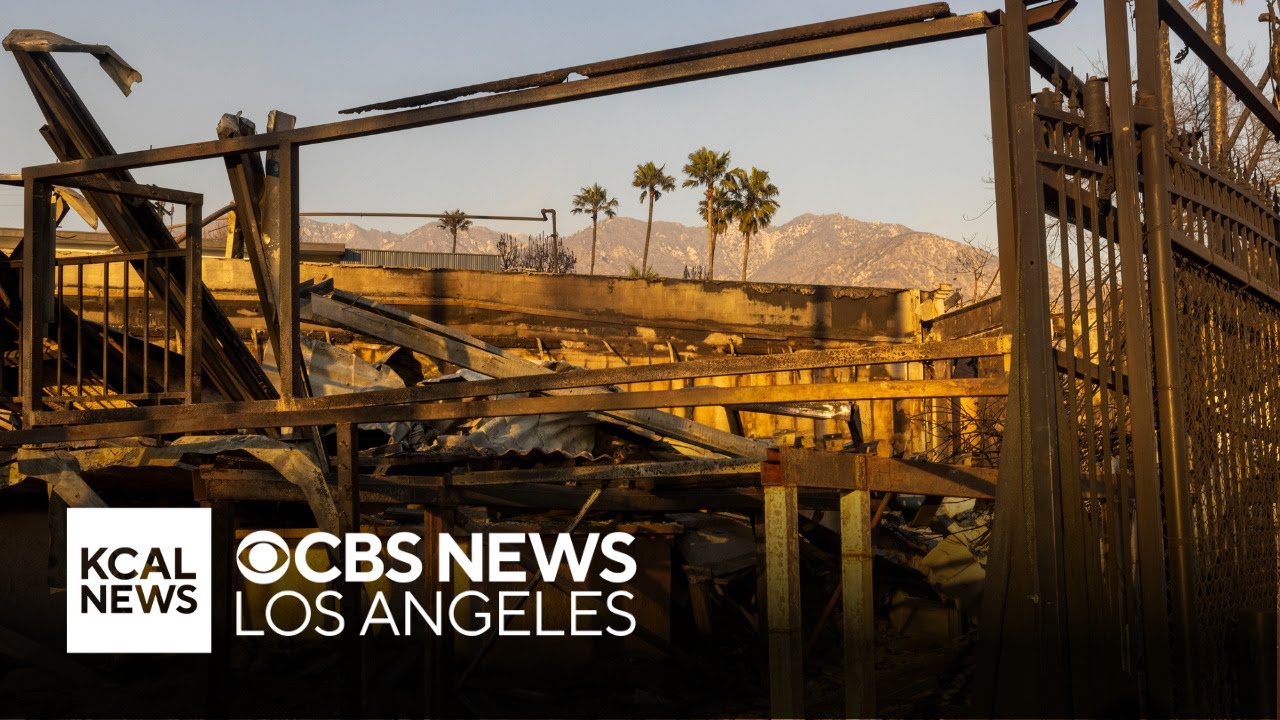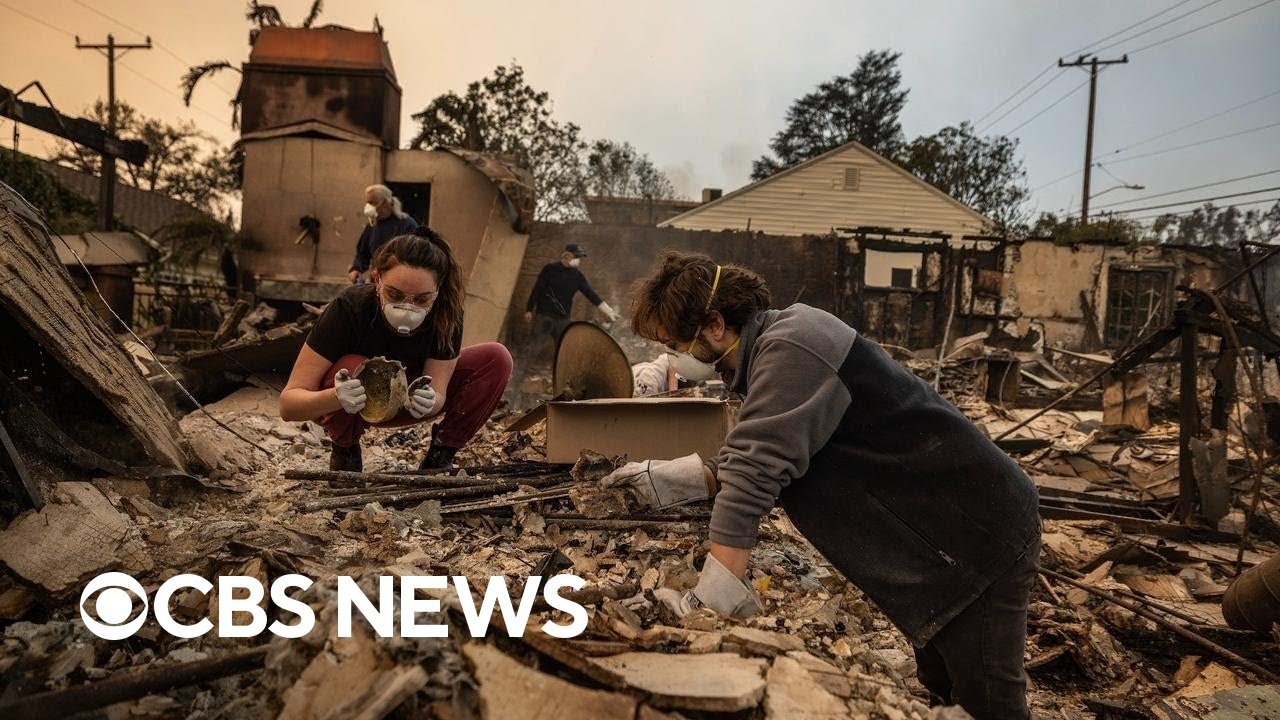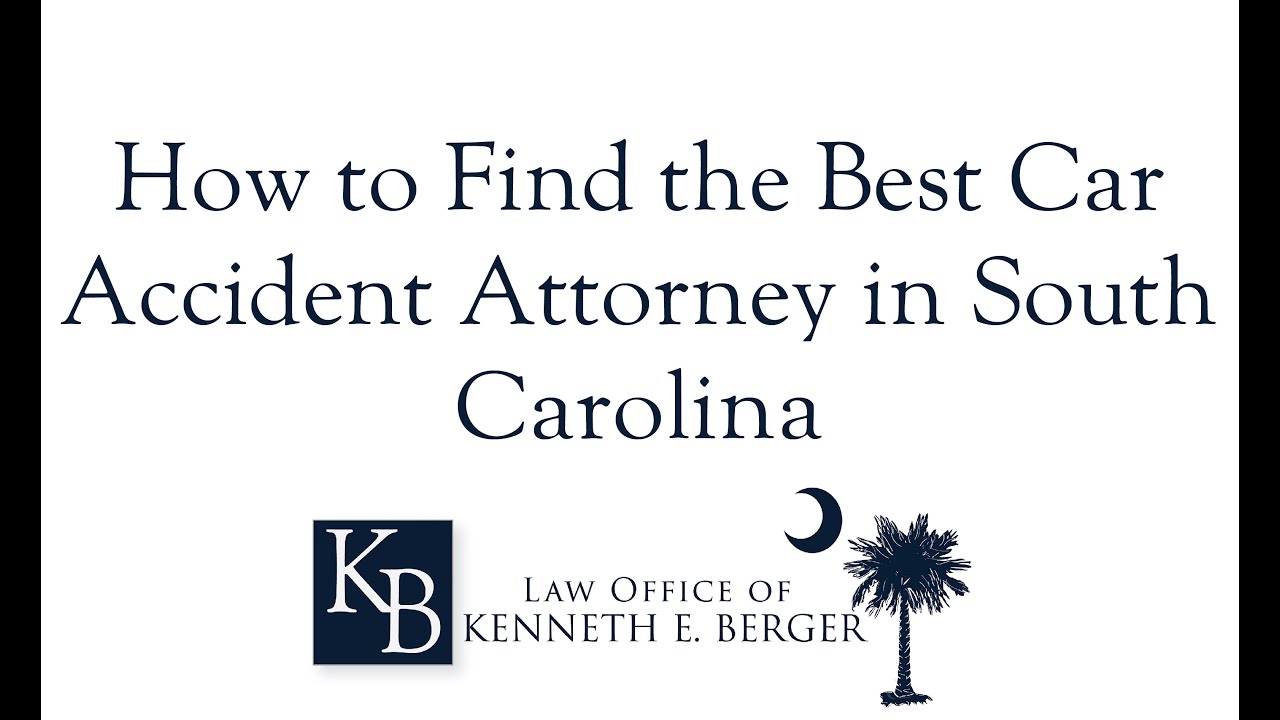How the destructive Los Angeles wildfires can drive insurance rates up for all Californians

Understanding California’s Insurance of Last Resort: The FAIR Plan
In recent years, California’s insurance landscape has been marked by significant challenges, particularly for homeowners in high-risk areas. Known as the “insurance of last resort,” the California FAIR Plan has become a critical safety net for those who have been turned down by traditional insurance companies. This blog post will delve into the intricacies of the FAIR Plan, its funding mechanisms, and the ongoing concerns surrounding its sustainability.
The Role of the California FAIR Plan
The California FAIR Plan serves as a crucial fallback option for homeowners who find themselves unable to secure coverage through conventional means. As wildfires and other natural disasters become increasingly common, many insurance companies have become wary of providing coverage in high-risk areas. This has left countless homeowners, like Tiffany Carter and her family, in a precarious situation.
After losing their family home in the Eaton Fire, Tiffany Carter turned to the FAIR Plan to ensure her mother’s insurance coverage. However, the FAIR Plan is not without its challenges. According to the Office of California Senator Alex Padilla, the FAIR Plan recently had to renew a staggering $77 million to pay claims, raising concerns about its long-term viability.
Funding the FAIR Plan
The FAIR Plan is funded by private insurers who are mandated by the state to contribute to its pool. In theory, this ensures that the plan has sufficient resources to cover claims. However, once these funds are depleted, the only recourse is to replenish them through increased contributions from private insurance companies. This can lead to higher insurance premiums for all Californians, even those whose homes have not been directly impacted by fires.

The Challenges of Filing Claims
For homeowners relying on the FAIR Plan, filing a claim can be a daunting process. Adjusters may use databases that take general averages from across the country, often overlooking the unique circumstances faced by policyholders in crisis zones. This can result in lower compensation than expected, leading to prolonged disputes.
Tiffany Carter’s story is emblematic of the challenges faced by many Californians. Her father, who moved to California to achieve the American Dream after growing up in St. Louis during the Great Depression, worked tirelessly to leave a legacy for his family. Yet, the complexities of insurance claims threaten to undermine that legacy.
Community Workshops and Support
Recognizing these challenges, the California Insurance Commissioner’s Office has stepped in to provide support. They are hosting a series of workshops aimed at educating homeowners about their rights and the intricacies of the FAIR Plan. The first workshop will take place in Pasadena this weekend, followed by another in Santa Monica next weekend.
These workshops are designed to empower homeowners with the knowledge they need to navigate the claims process effectively. They also provide a platform for policyholders to voice their concerns and seek guidance from experts.
Looking Ahead: The Future of the FAIR Plan
While the FAIR Plan remains a vital lifeline for many Californians, its sustainability is a topic of ongoing debate. The reliance on private insurers to fund the plan raises questions about fairness and equity, particularly as the frequency and intensity of natural disasters continue to rise.
In the coming months, policymakers and insurance companies will need to work together to explore alternative funding mechanisms and strategies to ensure that the FAIR Plan can continue to meet the needs of homeowners in high-risk areas. This may include exploring public-private partnerships or leveraging technology to improve risk assessment and claims processing.

Conclusion
The California FAIR Plan is an essential component of the state’s insurance landscape, providing a safety net for those who have been turned away by traditional insurers. However, its current funding model and the challenges faced by policyholders highlight the need for reform and innovation.
As California continues to grapple with the impacts of climate change and natural disasters, the FAIR Plan must evolve to ensure that it remains a viable and equitable option for all homeowners. By attending community workshops and staying informed about their rights, Californians can play an active role in shaping the future of their insurance system.
Read More: What to know about California fires insurance claims, Homeowners insurance Fraud, Cancellations






